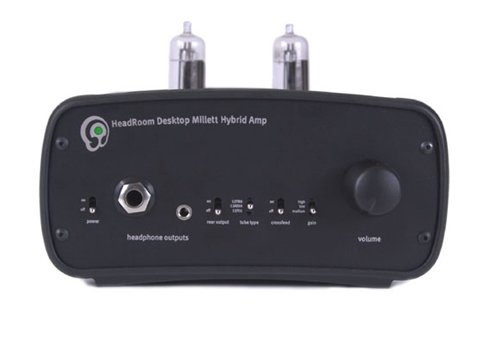vixr
500+ Head-Fier
- Joined
- Oct 14, 2005
- Posts
- 988
- Likes
- 24
If you wire it off board, I don't see any reason that a Blue Velvet wouldn't work.
so, the higher Ohms value isn't an issue?
If you wire it off board, I don't see any reason that a Blue Velvet wouldn't work.
Maybe Pete will comment, but I don't think there would be major input capacitance with the buffer that follows it to create a hf roll off.
I bet the lower pot value was a parts availability choice. Hard to find dual gang audio taper in 50k-100k values from digikey/mouser. At guitar parts values (250k+) then you do usually have to start taking into account what it is feeding.
Haha, aw man. I just finished a hybrid inspired by your original:
http://www.head-fi.org/t/838886/my-take-on-the-starving-student-el-estudiante
Now I've got to build another?
Thanks for sharing, Pete!



Thanks for the clarification and reading, tomb. I was referring to the original Starving Student design as found on Pete's website:
http://www.pmillett.com/starving.htm




would it be possible to use an Alps "blue velvet" 50k ohms pot with this amp? I have a few spares, I could wire one off board...
As I said, I'm waiting to clean up the bottom of the board before installing the NuTube, in case it's not moisture-proof. The smallness of the PCB surprised me. I was actually expecting something on the order of the revMH Millett Hybrid PCB, but this thing is about half the size. I used some left-over MiniMAX caps that are really too large for the space, but I got them in somehow.I also will install a couple of Vitamin Q's for the output bypasses - C4 and C7, but they'll have to go on the bottom of the board. There's no room at all with those caps. I also jumpered R8 and R9. We'll see how that works instead of 1R resistors, but I always preferred the sound when jumpering the output resistors on the Millet Hybrid, et al. We'll see how it goes.

P.S. This took me about an hour to get this far, but I was working fairly fast. It should be pretty easy for most to put together.
Hi Pete (if you're still here). Can you talk at all about why you decided to use the Nutube as a voltage gain device? It's an interesting "tube" with some challenges to overcome, so I'm just curious about the overall design goal and how the NuTube fit into it.
Seems it has some size/efficiency advantages. And maybe it just sounds good (I know this isn't your first amp using it).

